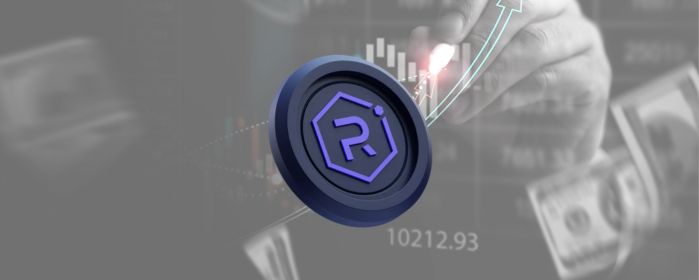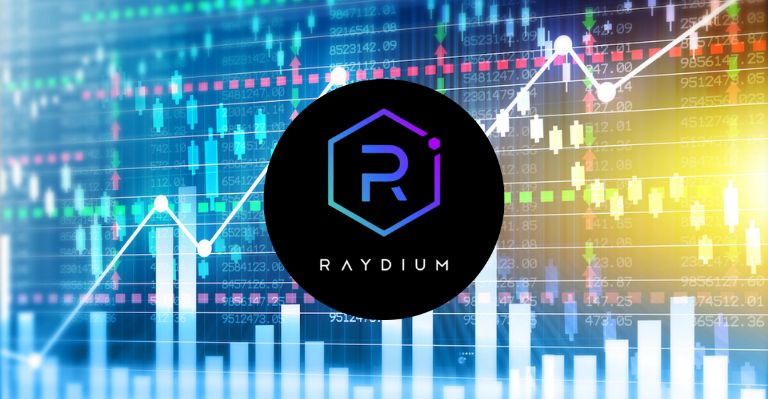TL;DR
- Raydium has deployed $190.4 million to repurchase 69.1 million RAY, about 25% of its circulating supply, cutting the float-adjusted market cap from roughly $800 million to $593 million.
- The DEX channels trading fees into buybacks (e.g., $4.8 million in May), projecting over $57 million in annual returns to holders and an implied pre-impact yield north of 13%, outpacing its emissions.
- Bolstered by a $60 million treasury and sustained revenue growth, Raydium’s deflationary strategy is proving robust and inspiring similar buyback programs across Solana and Ethereum DeFi projects.
Solana’s top decentralized exchange, Raydium, has doubled down on supporting its native token by deploying more than $190 million toward RAY buybacks. Since kicking off the program in early 2024, Raydium has purchased 69.1 million RAY, about a quarter of the token’s circulating supply, underscoring a bold, revenue‐backed strategy to reward holders and tighten supply.
We have allocated a total of $190.4m to buyback $RAY
This brings our total amount of accumulated $RAY to 69.1m or 25% of the circulating supply pic.twitter.com/mHgVNnTt3o
— Infra | Raydium (@0xINFRA) July 16, 2025
Accelerated Buybacks Slash 25% of Circulating Supply
Raydium’s cumulative repurchases hit $190.4 million this week, according to on-chain data shared by contributor 0xINFRA. By scooping up 69.1 million tokens at roughly $2.99 apiece, the protocol has effectively removed 25 percent of RAY from open markets. That reduction shrinks RAY’s float-adjusted market cap from about $800 million to $593 million, aligning tokenomics with long-term value capture.
Revenue-Backed Strategy Rewards Token Holders

Raydium’s funding model is what makes its approach unique. The DEX channels a slice of its trading fees into buybacks, reinvesting back into the community. In May alone, Raydium generated $9.1 million in gross revenue and allocated $4.8 million, more than half, to repurchasing RAY.
If this pace holds, the protocol could return over $57 million to holders annually, eclipsing its capped annual emissions of 1.9 million RAY and delivering an implied pre-impact yield north of 13 percent.
Deflationary Design Meets Industry Skepticism
Although critics often dismiss token buybacks as surface-level gestures, Raydium’s consistent revenue growth and active treasury, currently holding around $60 million in SOL, USDC, and other assets, suggest a sustainable model. The program not only reduces net issuance but also buffers market swings, reinforcing confidence in RAY’s deflationary mechanics.
Broader DeFi Trend: Buybacks Go Mainstream
Raydium isn’t alone in embracing buybacks. The Solana memecoin launchpad, Pump.fun, and the perpetual DEX Hyperliquid have introduced similar revenue-sharing buyback plans, while various Ethereum protocols are considering similar strategies.
As more DeFi projects adopt corporate-style capital allocation, prioritizing token scarcity and holder returns, Raydium’s buyback blitz may mark the start of a new chapter in decentralized finance’s maturity.

